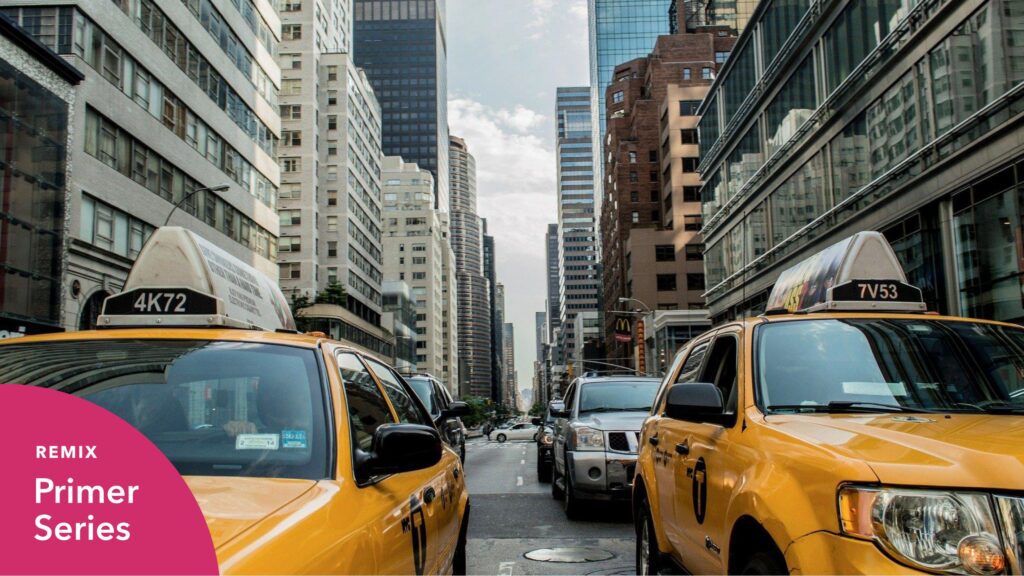Navigating communication challenges while traveling can be frustrating, but there are tips and solutions to help make your trip more enjoyable. Learning basic phrases in the local language, using translation apps, carrying a phrasebook, and utilizing non-verbal communication can all be effective ways to overcome language barriers. Seeking out English-speaking locals for assistance can also be helpful. By being prepared and open to different methods of communication, you can navigate through challenges and make meaningful connections with the locals you encounter while traveling.
Navigating Communication Challenges While Traveling: Tips and Solutions
Introduction
Traveling to a foreign country can be an exciting and enriching experience, but it can also present some communication challenges. Whether you’re struggling to order a meal or asking for directions, not being able to effectively communicate can be frustrating. Fortunately, there are tips and solutions to help you navigate these challenges and make your trip more enjoyable.
Learn some basic phrases
One of the best ways to overcome communication barriers while traveling is to learn some basic phrases in the local language. Even if you’re not fluent, making an effort to speak the language shows respect and can go a long way in getting your message across. Simple phrases like “hello,” “thank you,” and “where is the bathroom?” can be incredibly helpful.
Use technology
Technology can be a lifesaver when it comes to overcoming language barriers. There are a number of translation apps available that can help you communicate with locals, translate signs, and even convert text from images. Additionally, you can use apps like Google Maps to navigate your way around a new city or use social media platforms to connect with locals for recommendations.
Carry a phrasebook
If you’re traveling to a country where you don’t speak the language, carrying a phrasebook can be a handy tool. Phrasebooks typically contain common phrases, questions, and expressions in multiple languages that can help you communicate basic needs and get by in everyday situations. You can also use the book to point to phrases if you’re struggling to pronounce them correctly.
Non-verbal communication
In situations where language is a barrier, non-verbal communication can be a useful tool. Simple gestures like pointing, nodding, and using facial expressions can help convey your message without words. Just be mindful of cultural differences in non-verbal communication to avoid any misunderstandings.
Seek out English-speaking locals
If you’re really struggling to communicate, seek out English-speaking locals who can help translate for you. This could be hotel staff, tour guides, or friendly strangers you meet along the way. Don’t be afraid to ask for help – most people are happy to assist and appreciate your efforts to communicate.
Conclusion
Communication challenges can be a common hurdle when traveling, but with a little preparation and some creative solutions, you can overcome them and enjoy your trip to the fullest. By learning a few key phrases, using technology to your advantage, and being open to non-verbal communication, you can navigate language barriers with ease and make meaningful connections with the locals you meet along the way.
